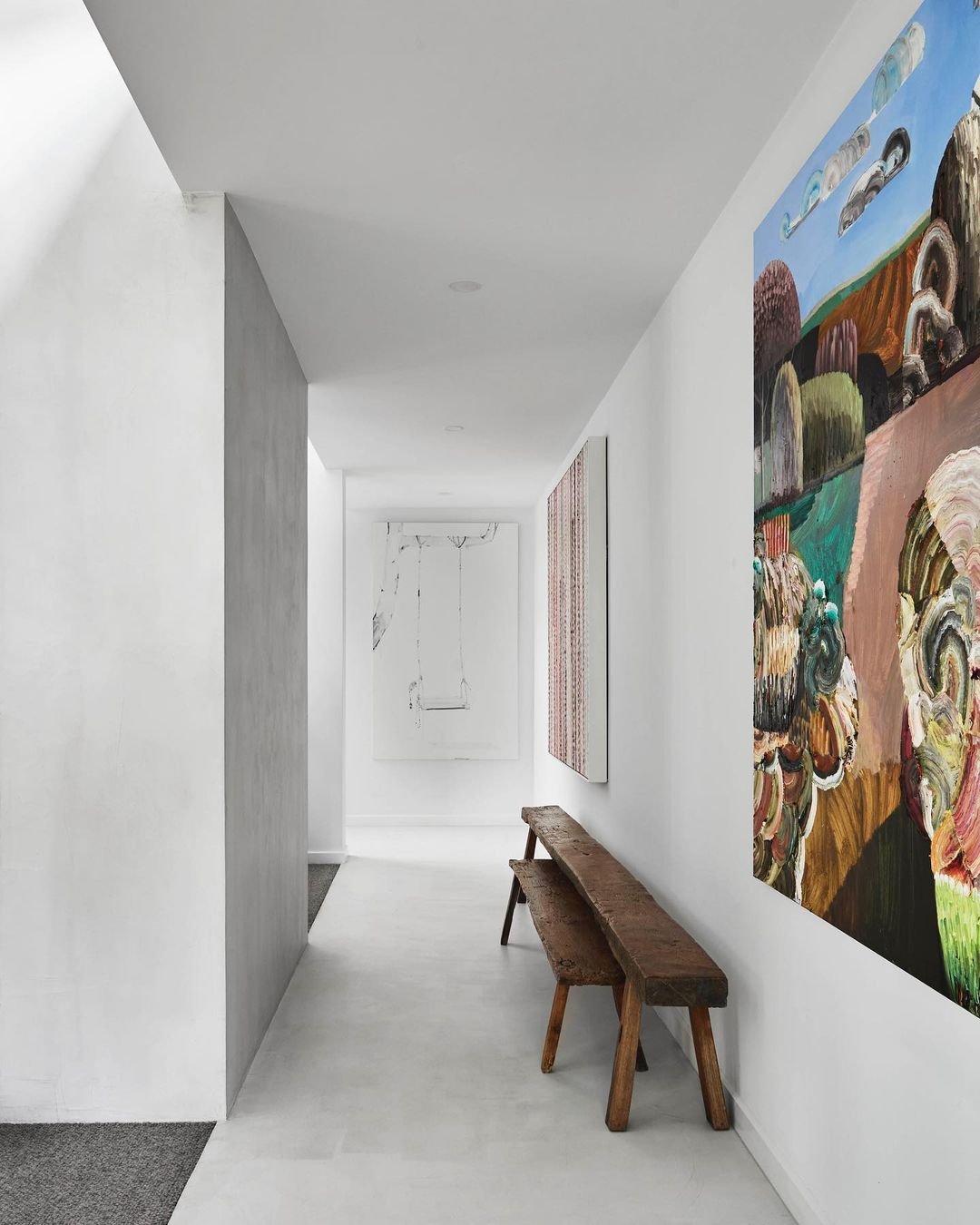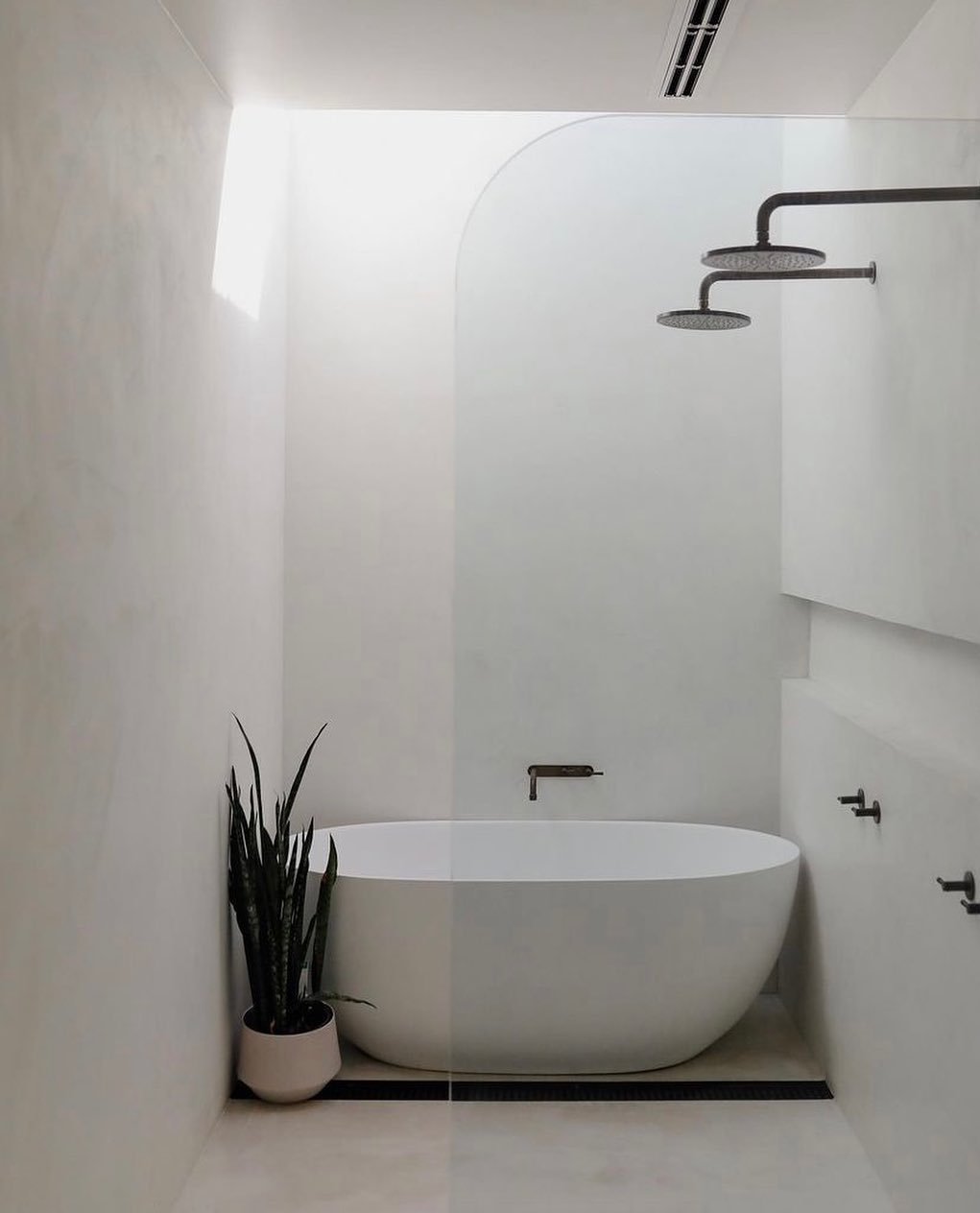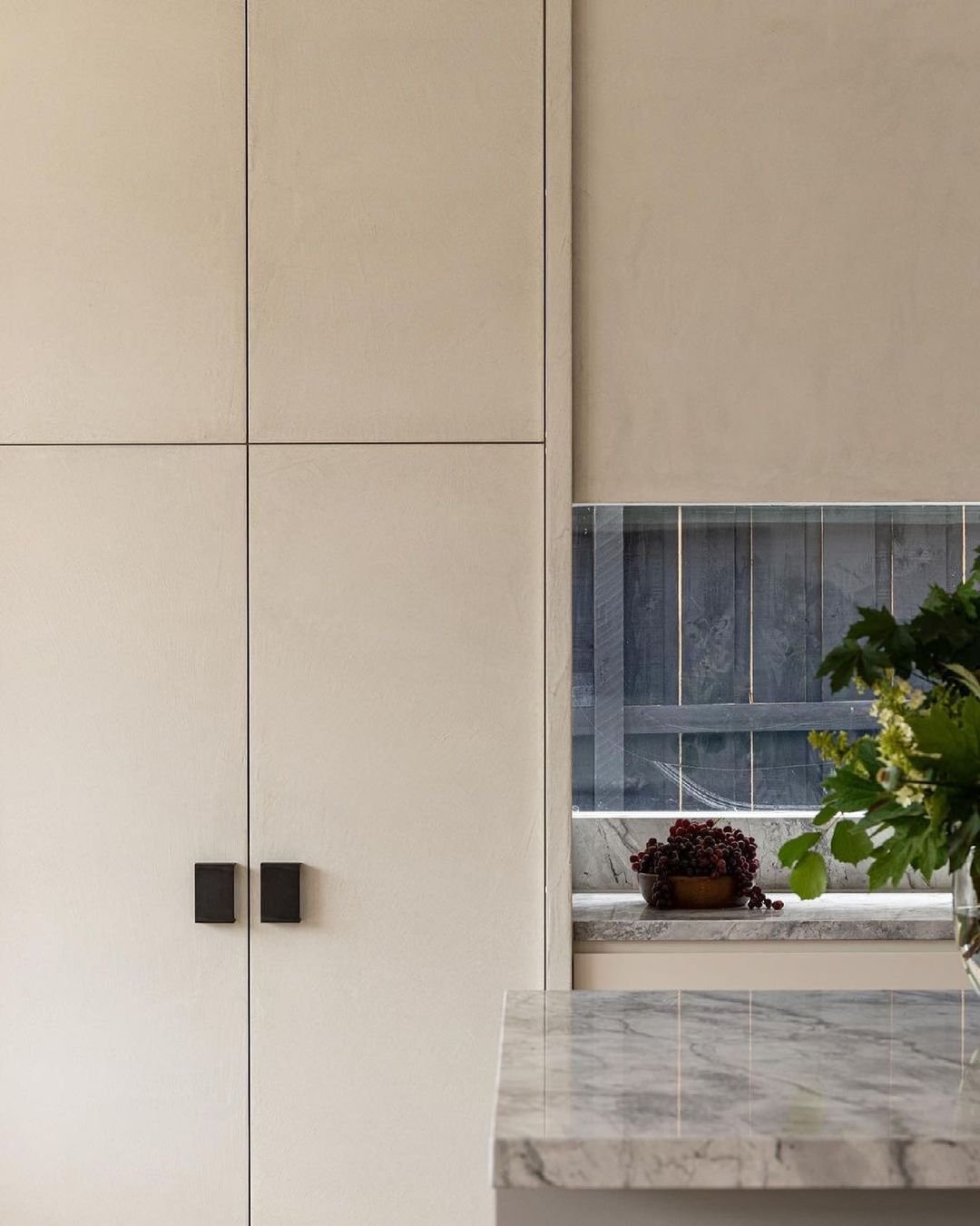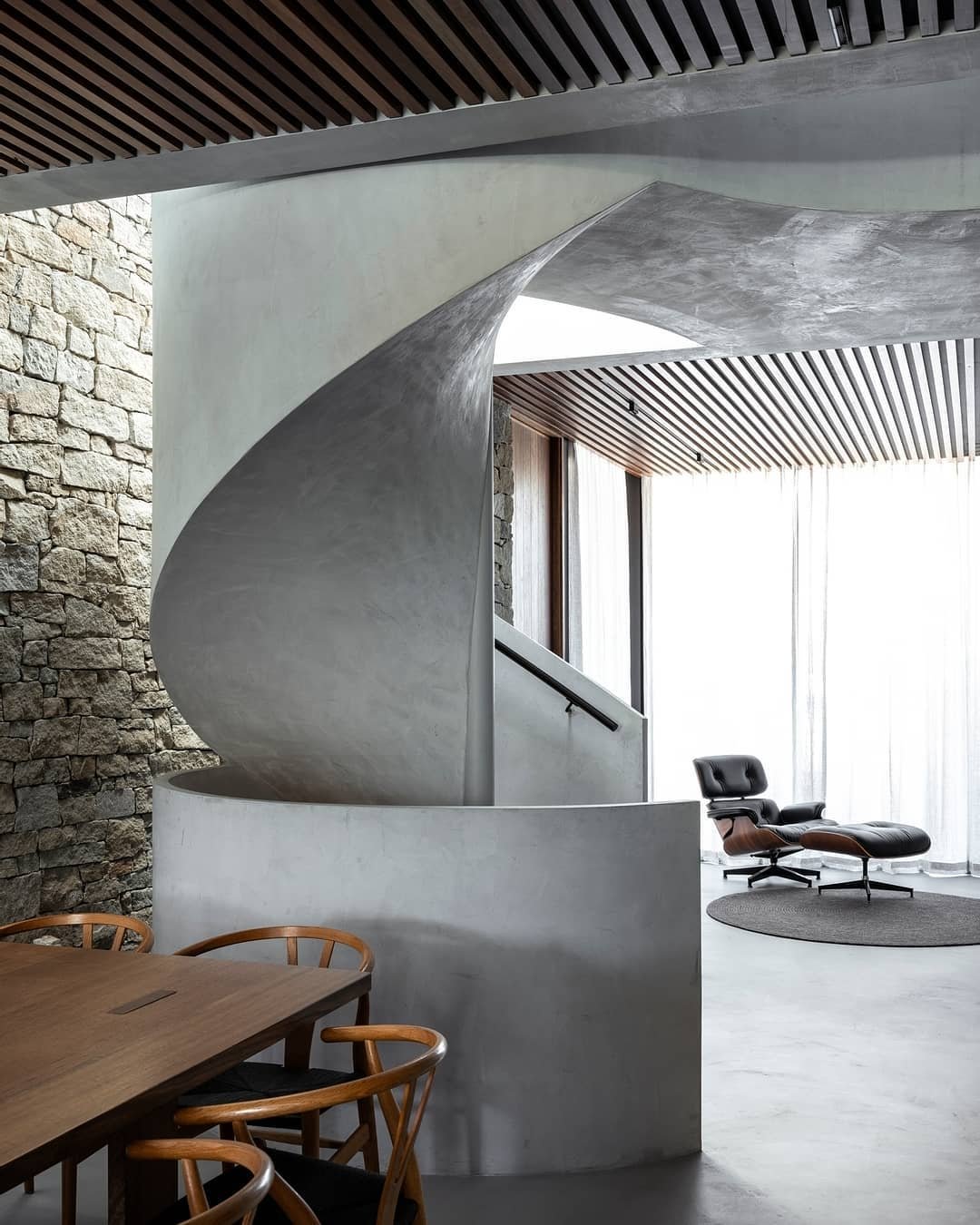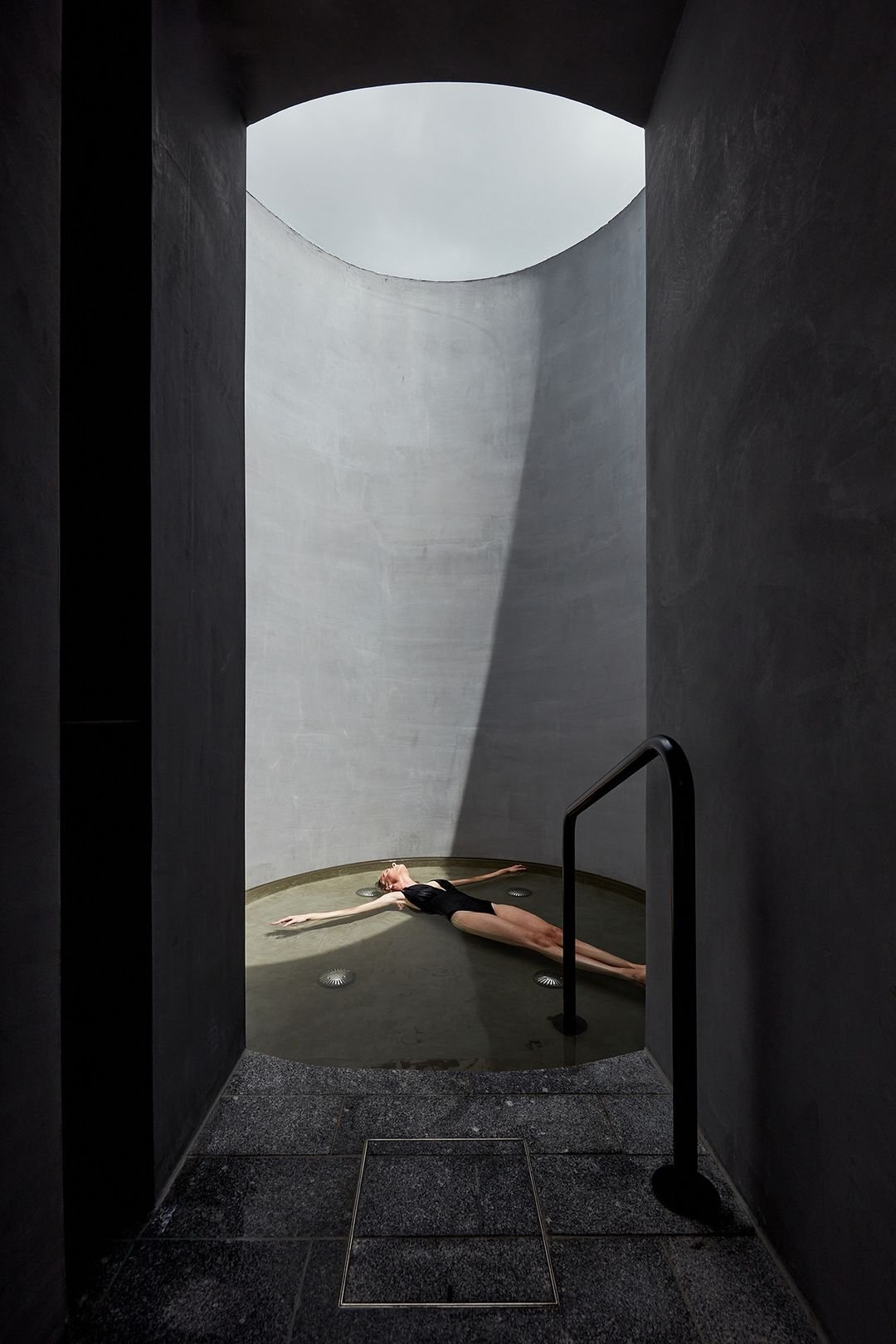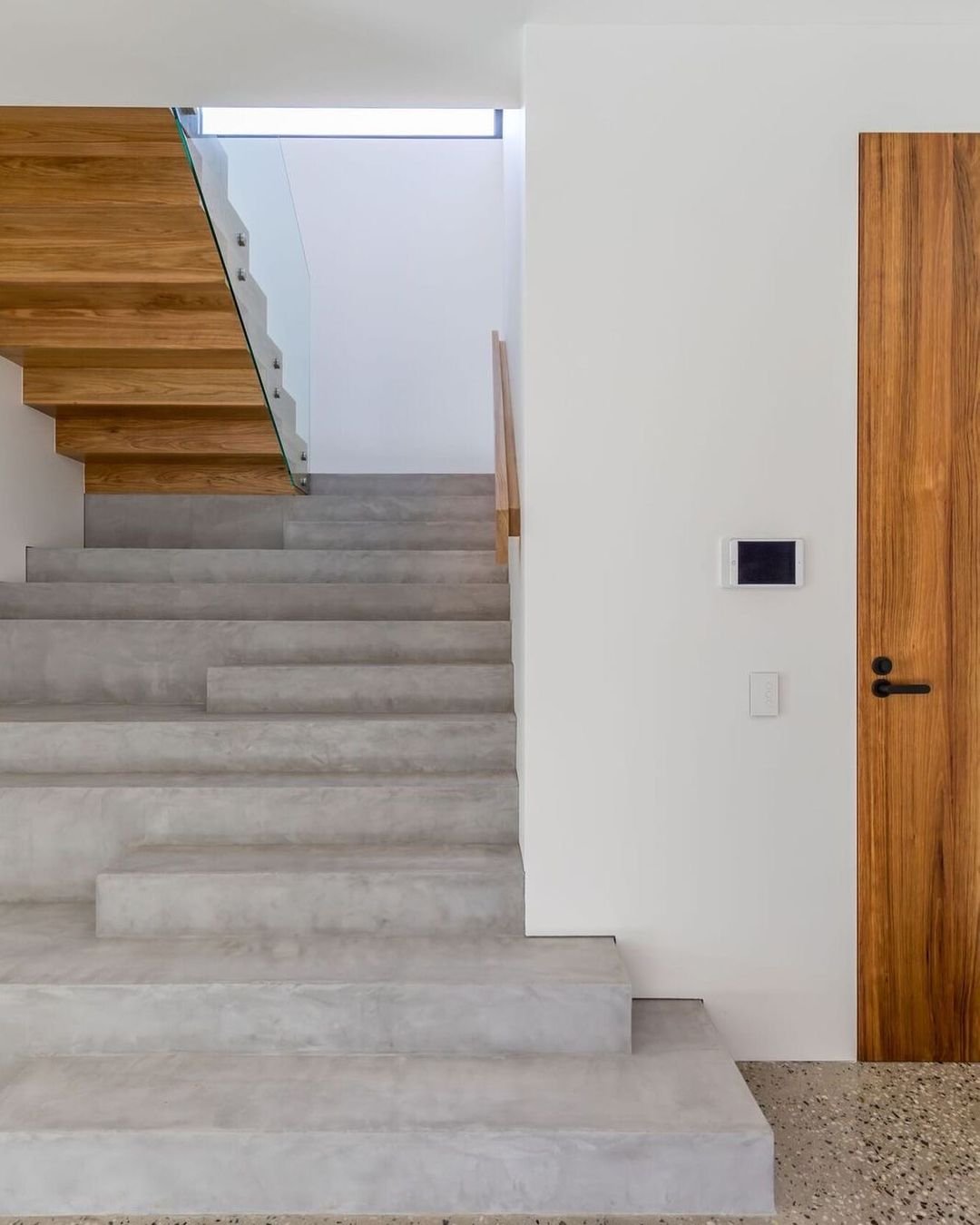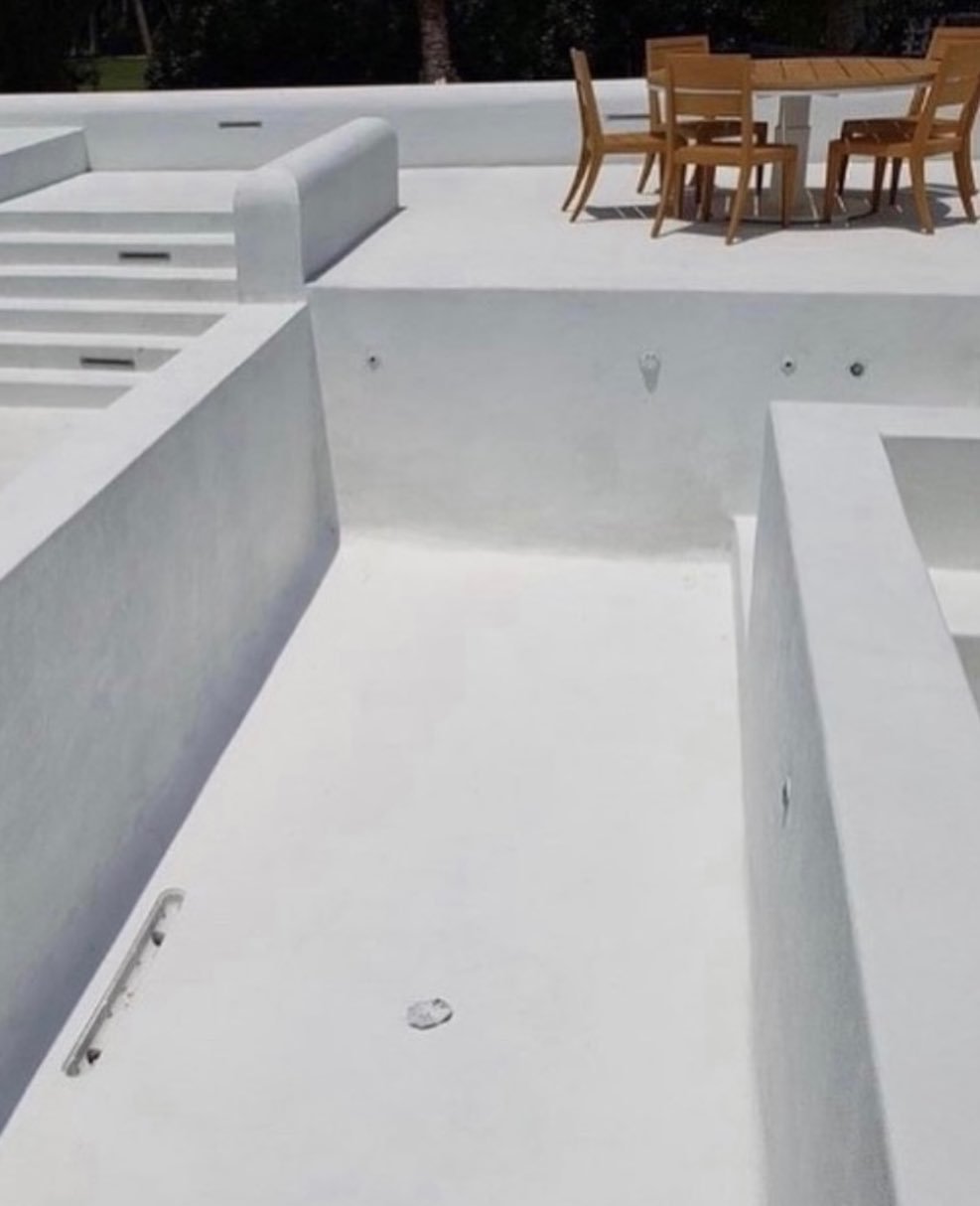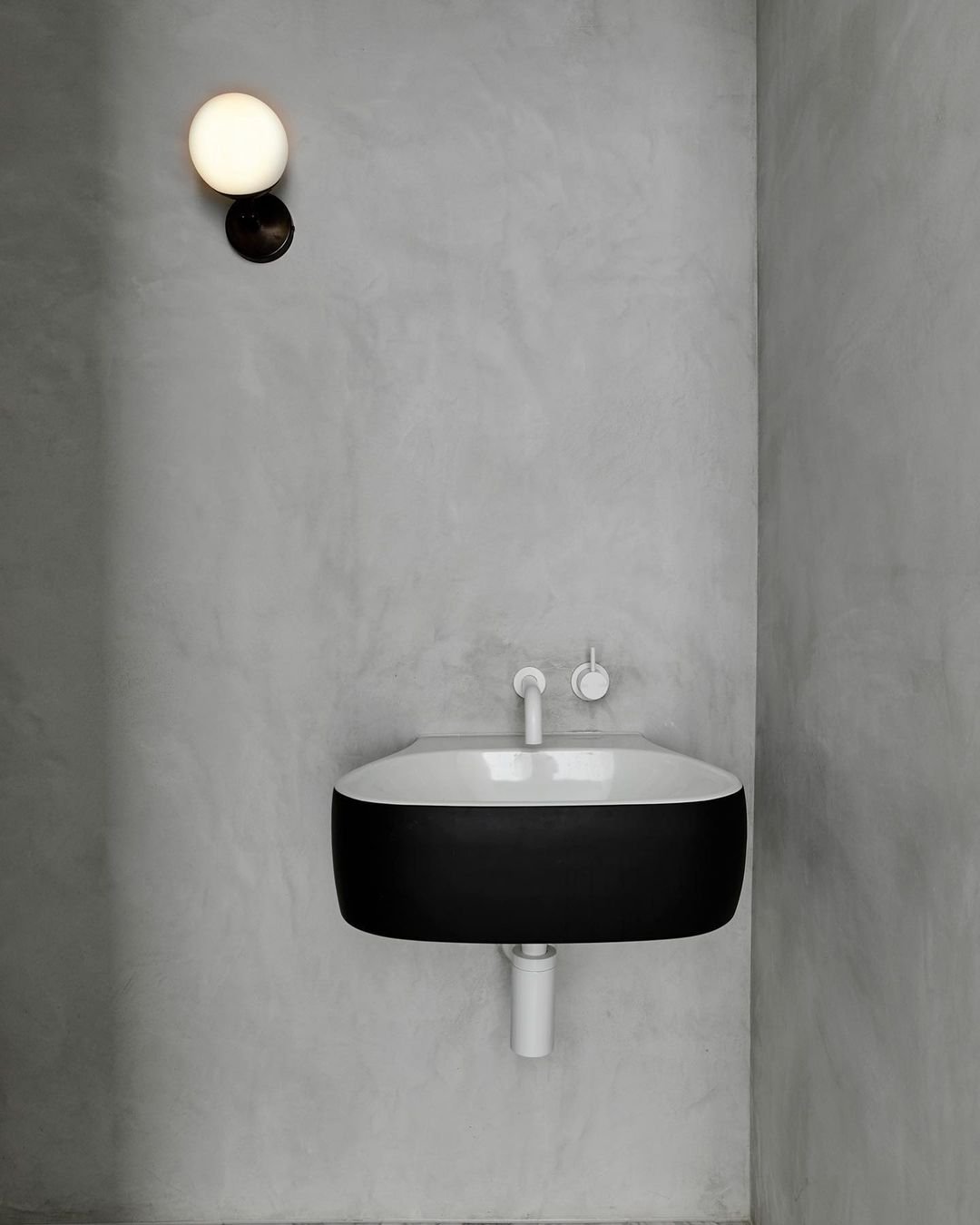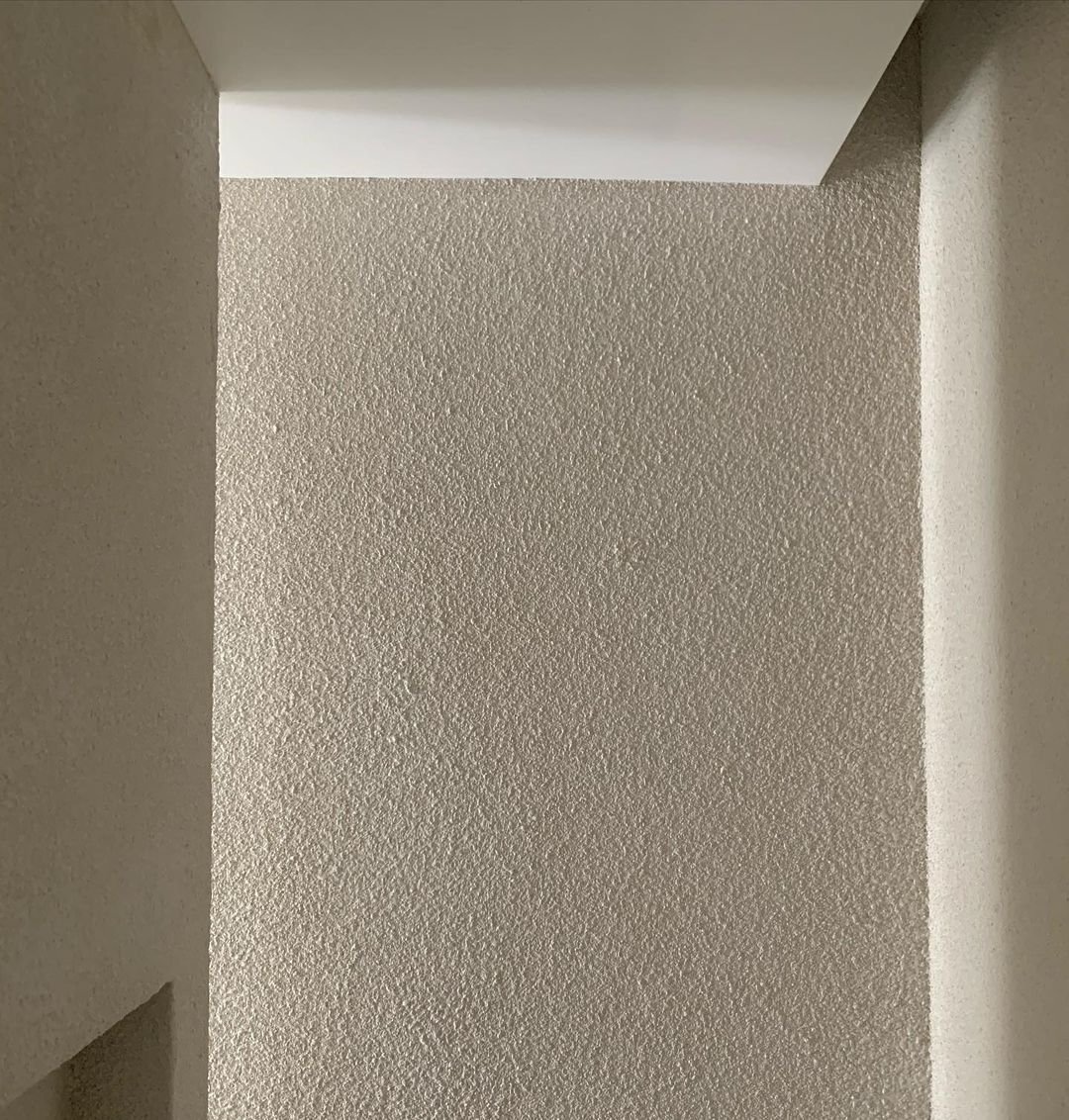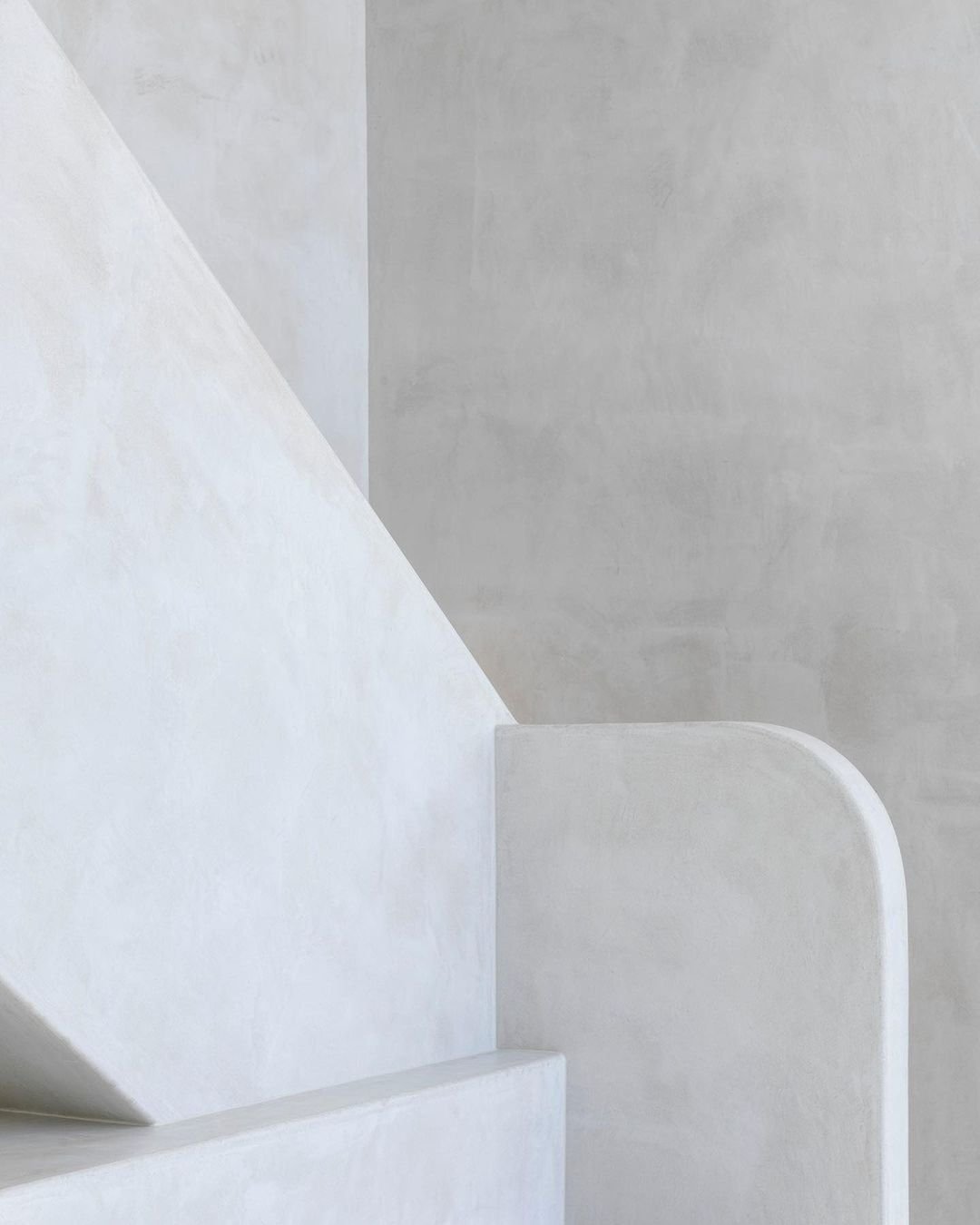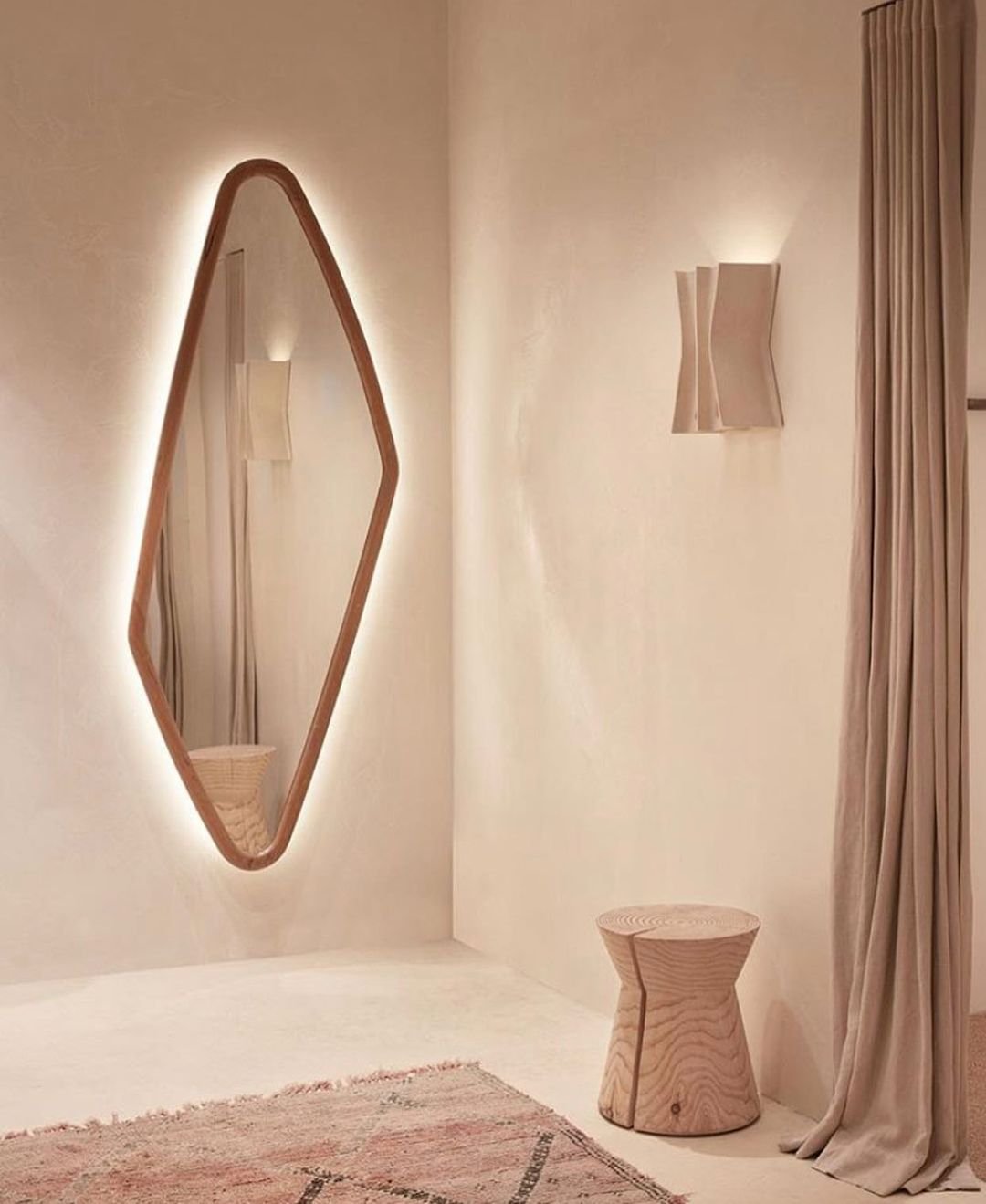Microcement vs. Concrete: What’s the Difference?
/Almost three decades ago, we brought X-Bond Microcement to the market as a surface alternative to concrete with all the same visual advantages, but with even more added benefits. Follow along as we go through the differences between microcement and concrete, and why the former is fast becoming Australia’s top choice.
But first, what is microcement? Essentially, it’s an overlay system made from stone and liquid polymer; whereas concrete is a building material created from a mixture of cement, water, sand, and rock. While they look similar, the key comparisons lie in the application.
Remodel without removal
Due to its advanced adhesion and flexibility properties, microcement can be installed over a wide range of existing substrates — including timber, tiles, plaster, brick, ply, plaster, laminate and concrete.
Our surface engineers have perfected this method through using X-Bond with our own Liquid Membrane, which chemically adheres to almost any existing surface.
This system saves time and costs on remodel projects, while also decreasing environmental waste by preventing the existing materials from going to landfill.
A before and after transformation, where X-Bond was installed over existing floor and wall tiles.
Seamlessly hand-applied
The added bonus to the X-Bond overlay system is no mess or machines. Microcement is hand-trowelled by trained installers as opposed to being applied with machinery. So, installing X-Bond means less debris and minimal equipment.
There’s also no need for expansion joints or grout lines. X-Bond is installed as a continuous covering for a seamless, uniform look. This is great news if you’re looking to cover an entire room from floor to ceiling, or are sick of scrubbing your shower tiles and want something easier to maintain.
Minimal thickness
Microcement is a lot thinner than concrete, but has the same structural integrity and resistance to cracks (see below!).
As X-Bond is hand applied at 2-3mm thick, it’s an easier and faster way to cover tricky surfaces when compared to concrete. We’ve installed X-Bond microcement on: floors, walls, ceilings, pools, stairs, coffee tables, basins, desks, and joinery.
Durability
We mentioned Liquid Membrane above — and it really is X-Bond’s best friend. It forms a continuous waterproofing barrier, while also boasting exceptional adhesion and anti-fracture benefits. This makes the microcement just as durable and practical as concrete.
Installed with Liquid Membrane, you can create an X-Bond pool (from spas to olympic sized), shower, sauna, or basin. It can also solve problems with stabilising wooden or cracked substrates, and waterproofing flat roofs or anhydrite screeds/subfloors.
Versatile finishes and colours
Microcement comes in a wide range of finishes and colours. This means that, despite the difference in composition and application, you can still achieve the concrete look that you love. Take your pick from four concrete-inspired textures, from the smooth hand-trowelled Micro finish to the raw Natural Concrete.
Within each texture family, there are plenty of different shades. You can even create your very own custom colour, if you really want to make your project unique.



